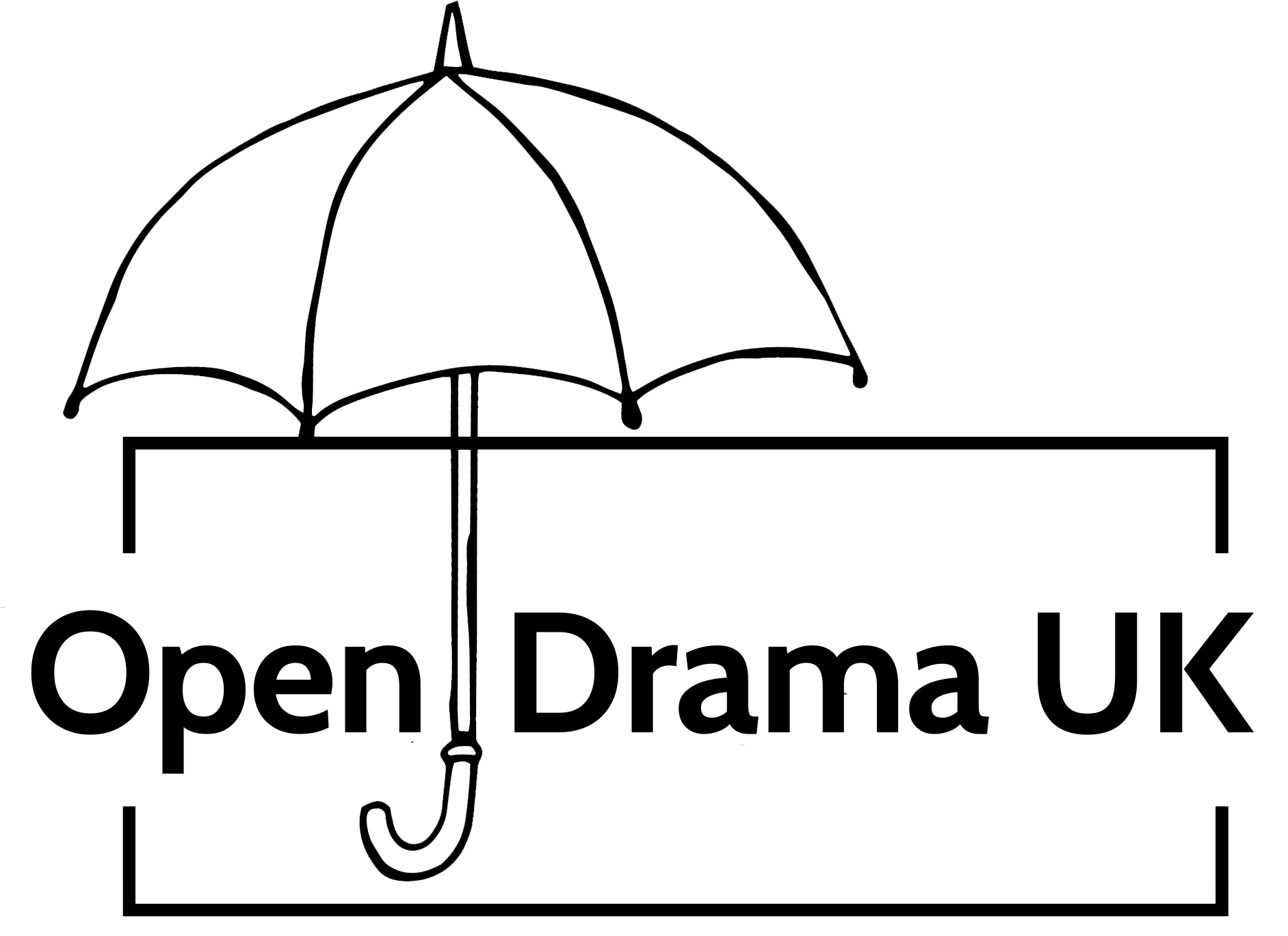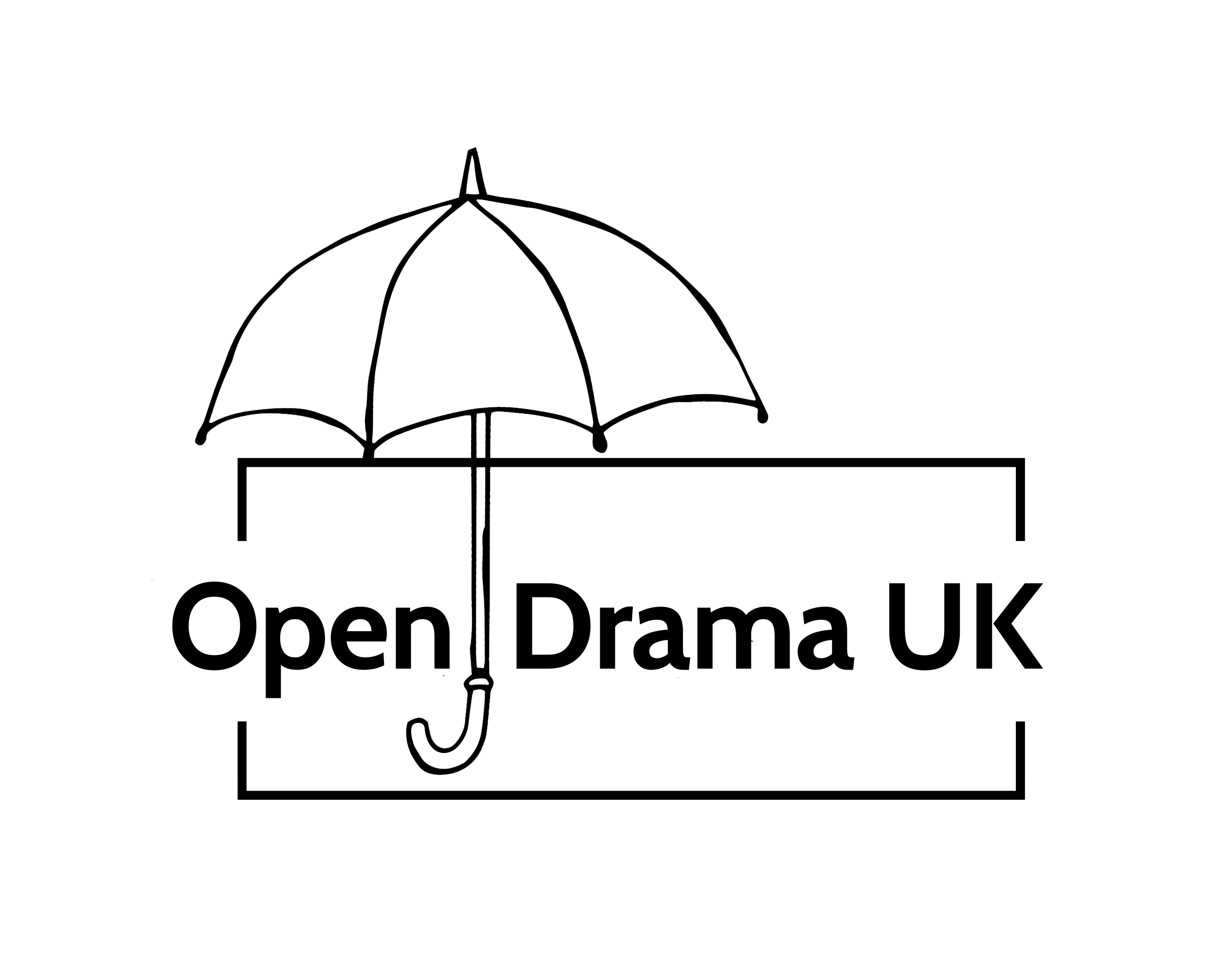Phil Cleaves runs essentialdrama.com, a collection of interviews with leading theatre academics and theatre professionals, and has just completed a PhD thesis, proposing a new A Level in Theatre. You can read the summary in this blog post, and keep reading to the end to find an Eventbrite link for a discussion about his research on Monday 1st July.
Research Motivation
Immediately upon graduating from university in 2007, I fulfilled my dream of becoming a secondary school Drama teacher. However, by 2015, I was delighted to leave teaching behind to be a stay-at-home dad. I left disillusioned with the mundanity and repetition of a subject strangled by the pressures of exam preparation. I could no longer cope with seeing creative students reduced to automatons replicating a version of theatre that was unrecognisable from the theory/practice I encountered outside the classroom. The disparity between the school subject and the theatre discipline (professional and academic) became more stark as I spent my children’s naps writing Pearson’s GCSE and A level textbooks and transcribing interviews I had done with theatre makers and academics for my website essentialdrama.com (Cleaves, 2015). This sense of disconnection led me to begin a PhD to explore alternatives. The following is a summary of the thesis, but can download the full version with the subject content and specification document here - https://doi.org/10.15126/thesis.901101
Current Curriculum Context
A level Drama and Theatre education has been a casualty of former Education Secretary Michael Gove’s and former Schools Minister Nick Gibb’s oversimplified implementation of E.D. Hirsch and Daniel Willingham’s theories. “Traditional” subjects with written exams that require memorising established facts (substantive knowledge) have come to dominate A levels, resulting in the distortion of arts subjects that demand creative and critical thinking. Time and funding have been redirected towards these “traditional” subjects, as senior leaders are pressured to prioritise EBacc and Progress 8 measurements. The foundation for this structural squeeze was Drama’s exclusion from the National Curriculum due to a lack of consensus around the criteria determining quality. This meant it was not considered a vital “traditional” subject during the recent shifts towards a knowledge-rich curriculum. All these factors have created a hostile environment for Drama and Theatre, with the number of students taking Drama and Theatre A level falling by 52% since 2011 and the number of teachers and teaching hours falling by over a third.
The Disconnected Curriculum
I identified five problematic forms of knowledge recontextualisation in the current A level that demonstrate how assessment has come to overpower learning. The principles of closed meaning, definitive communication, and replication create an assessment dominated by substantive knowledge, leading to the school subject becoming disconnected from the discipline.
RISK - Students are not encouraged to learn to be creative risk-takers with a questioning attitude and an awareness of relationality, multiplicity, uncertainty, and changeability. Instead, they are taught to see theatre as something static and fixed despite this being the very thing that the professional and academic theatre discipline resists.
NARROWNESS - The current A level restricts students to only a few encounters with theatre artefacts (play texts, performances, live theatre). Narrowness is caused by the pedagogical demands of the course that render encounters with multiple theatre artefacts (or the multiplicity within theatre) risky.
SIMPLIFICATION – An emphasis on fixed authorial intention simplifies communication with an audience to a one-way transaction that can be expressed in writing and is easily assessed. This misrepresents the complexity and possibilities of collective authorship as well as the reciprocal and affective communication between performer and spectator.
COMPARTMENTALISATION – The division of skills into fragments leads to a mechanical understanding of performance emphasised by the formulaic approach to written work resulting from high-stakes exams. Focusing on lists of unitised effects removes the individual and renders the theatre encounter cold and impersonal.
DISTORTION – Historical theatre practice is presented as replicable, and successful copying is incorrectly deemed the most valid way to demonstrate understanding. Theatre practice is removed from content and context, minimising appreciation for interconnection. A canon emerges of distorted practice that gives a false sense of a linear sequence of creative development dominated by white Western men.
Reconnecting The Curriculum
To reconnect the school subject with the professional and academic theatre discipline, I observed and analysed the language of contemporary theatre rehearsals and philosophies of process and experience. For openness, I observed rehearsals of Tim Crouch’s Total Immediate Collective Imminent Terrestrial Salvation and analysed the philosophies of Umberto Eco and Roland Barthes. The section on ambiguity featured the rehearsals of Sue MacLaine’s vessel and the philosophy of Maurice Merleau-Ponty. Finally, for experimentation, I observed rehearsals of Sabrina Mahfouz’s A History of Water in the Middle East and the philosophy of Gilles Deleuze. From the language gathered, I created thirty-six concepts, which provided the conceptual framework for new Theatre and Performance A level assessment objectives. I then wrote a subject content document and specification based on these new assessment objectives.
The Concepts
Tim Crouch, Karl James, and Andy Smith et al
i. There is an invitation to use the imagination.
ii. The performance has a multitude of layers.
iii. Gaps are crafted for the spectators to fill with meaning.
iv. Fixed mapping and markers provide flexible pathways for the spectators.
v. Spectators are trained to navigate the architecture of the piece.
vi. Connections accumulate and weave throughout the performance.
vii. Dynamic shifts encourage spectators to stray from their pre-existing expectations.
viii. Purposeful transgressions and inconsistencies break patterns established in performance.
ix. Contradictions and connections fizz with feelings and ideas.
Umberto Eco and Roland Barthes
x. A finite structure is pregnant with infinite suggestive possibilities.
xi. A weave of half-identifiable codes creates a singular encounter.
xii. Discontinuity suggests threads to be disentangled.
Sue Maclaine et al
xiii. Fractured pieces fuse and show their seams.
xiv. Connections are revealed in the trail left behind.
xv. Ideas settle like dust after an explosion.
xvi. Murmuring meaning escapes expectation.
xvii. Visual and aural outliers catch the attention.
xviii. There is a vivid awareness of the alternatives.
xix. Elevated energy remains effortless.
xx. Ideas expand and grow until there is a surplus.
xxi. Multiple ideas are held in a generous state of readiness.
Maurice Merleau-Ponty
xxii. A mesh of misaligned layers accumulates into an evocative vortex.
xxiii. Echoes of the familiar vibrate so that they feel strange.
xxiv. Discordant simultaneous stimuli swarm but feel harmonious.
Sabrina Mahfouz and Stef O’Driscoll et al
xxv. The foundations are a combination of discovery and play.
xxvi. Different forms are constructed to complement the content.
xxvii. Expansive ideas are matched by expansive form(s).
xxviii. Common threads compete to unite different parts into one whole.
xxix. Different elements merge into one flow.
xxx. Empowerment is found in combinations of harmony and disharmony.
xxxi. Risk and trust are carefully controlled to create a sense of urgency.
xxxii. Unpredictability punctures power.
xxxiii. There is a feeling of potential change.
Gilles Deleuze and Félix Guattari
xxxiv. An acentric, nonhierarchical structure has the quality of internal rigour without finality.
xxxv. Multiple rhythms leave restless vibrations (sensations) with unidentifiable origins.
xxxvi. Effects of spatial and temporal forces are in flux.
The Connected Curriculum
My new assessment objectives (see below) suggest a framework for learning that recontextualises the relationality, multiplicity, uncertainty, and changeability of theatre rehearsals and philosophies of process and experience to a Theatre and Performance A level. My new subject content and specification (see below) demonstrate that creating a course that prioritises practical learning and rigorous assessment is possible. The principles of openness, ambiguity, and experimentation recontextualised from theatre rehearsals, and philosophy reconnect the A level with the network of connections, contradictions, and combinations that underpin the theatre discipline. My new specification conceives a rich-knowledge that values relationality, multiplicity, changeability, and uncertainty so that students are empowered to interrogate the substantive (factual) knowledge of theatre that appears fixed and final.
New Assessment Objectives
AO1: Develop ideas through sustained and focused experimentation informed by connections, contradictions, and combinations, demonstrating analytical and critical understanding.
AO2: Explore and select appropriate structures, moods, and atmospheres informed by content, context, and practice/theory.
AO3: Create multiple personal performances that demonstrate:
- creative risk-taking as opposed to comfortable replication.
- understanding of rhythm and flow.
- purposeful transgressions and inconsistencies that break established patterns.
- appreciation of intended meaning or spectator-generated meaning.
AO4: Articulate and document how their experiences accumulate into coherent networks and evaluate their changing knowledge and understanding of theatre and performance.
New Curriculum Overview
Component 1 - Practice as Research
Non-examination assessment
- 70% of the qualification
- 140 marks
- No-time limit (duration determined by the centre)
- Set and marked by the centre
- Moderated by the qualification provider during a visit to the centre
- Moderator visits will normally take place in late April and early May of the second year.
- All assessment objectives
Content overview
- An extended practice as research project that must include:
- a minimum of three performances or designs for an audience with at least:
- one devised
- one from a performance text
- a minimum of ten workshops that engage with at least:
- five performance texts
- five theatre-makers
- a minimum of two live theatre experiences
- a minimum of two digital theatre experiences
- Centre choice of texts and theatre-makers
- a minimum of three performances or designs for an audience with at least:
- Performer, designer, director, or general theatre-maker pathways available
Assessment overview
- There are two parts to the assessment:
- A dissertation (80 marks) in the form of:
- writing (4000-5000 words)
- audio-visual recording (14-18 minutes)
- blog (4000–5000 words)
- combination of the above (2000-2500 words plus 7-9 minutes)
- A dissertation (80 marks) in the form of:
- Two of the three performances (60 marks)
Component 2 - Solo Theatre Project
Non-examination assessment
- 30% of the qualification
- 60 marks
- December – April of the second year of the course
- Externally set collection of stimuli
- Marked by the centre
- Moderated by the qualification provider during a visit to the centre.
- Visits will normally take place in late April or early May and can include viva voce to moderate a sample of the candidates
- Assessment objectives 1, 2 and 3
Content overview
- An original solo theatre performance (10-15 minutes) working alone as a theatre-maker (combining the skills of performer, director, and designer) or in a group (max. 7) where each candidate takes responsibility for one role:
- performer
- director
- designer(s)
- Post-show discussion chaired by teacher (maximum 5 minutes per candidate)
- Performance developed in response to the choice of externally set stimulus.
Assessment overview
- Only the performance is marked, but marking is informed by post-show discussion and performance support material. (60 marks)
- The performance support material will be different depending on the pathway chosen.
- The performance and discussion must be filmed with a single camera with no post-production.
- The externally set stimuli options will be distributed at the start of December.
- Students have from December of the second year until their performance date to prepare.
Action
You are reading this, and that is the first step. I hope my research can contribute to discussions you have about the future of theatre education. More specifically, I would like there to be a constructive and targeted dialogue about the role of knowledge in the theatre curriculum to prevent future exclusion from the dominant, knowledge-rich education landscape. Furthermore, I hope you can use my research to support the argument for removing written exams when responding to future government consultations. If you would like to find out more about my research, you can come along to a 30-minute ZOOM on Monday 1st July, 2024 at 4pm where there will be an opportunity to ask questions and begin the dialogue.

